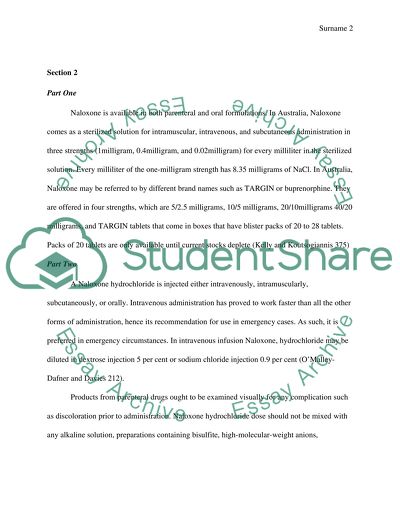Cite this document
(“Naloxone's Drug Profile Essay Example | Topics and Well Written Essays - 1750 words”, n.d.)
Naloxone's Drug Profile Essay Example | Topics and Well Written Essays - 1750 words. Retrieved from https://studentshare.org/chemistry/1456756-drug-profile-activities-for
Naloxone's Drug Profile Essay Example | Topics and Well Written Essays - 1750 words. Retrieved from https://studentshare.org/chemistry/1456756-drug-profile-activities-for
(Naloxone'S Drug Profile Essay Example | Topics and Well Written Essays - 1750 Words)
Naloxone'S Drug Profile Essay Example | Topics and Well Written Essays - 1750 Words. https://studentshare.org/chemistry/1456756-drug-profile-activities-for.
Naloxone'S Drug Profile Essay Example | Topics and Well Written Essays - 1750 Words. https://studentshare.org/chemistry/1456756-drug-profile-activities-for.
“Naloxone'S Drug Profile Essay Example | Topics and Well Written Essays - 1750 Words”, n.d. https://studentshare.org/chemistry/1456756-drug-profile-activities-for.


